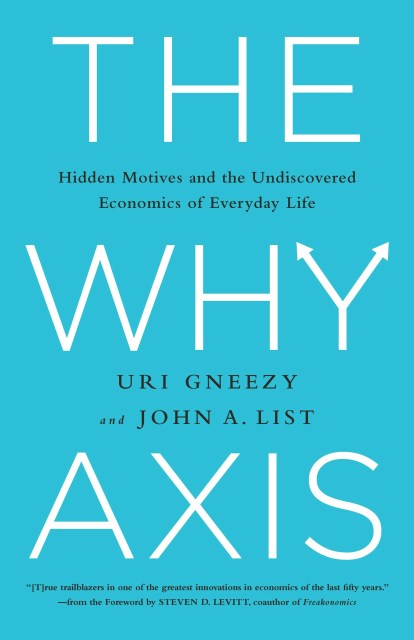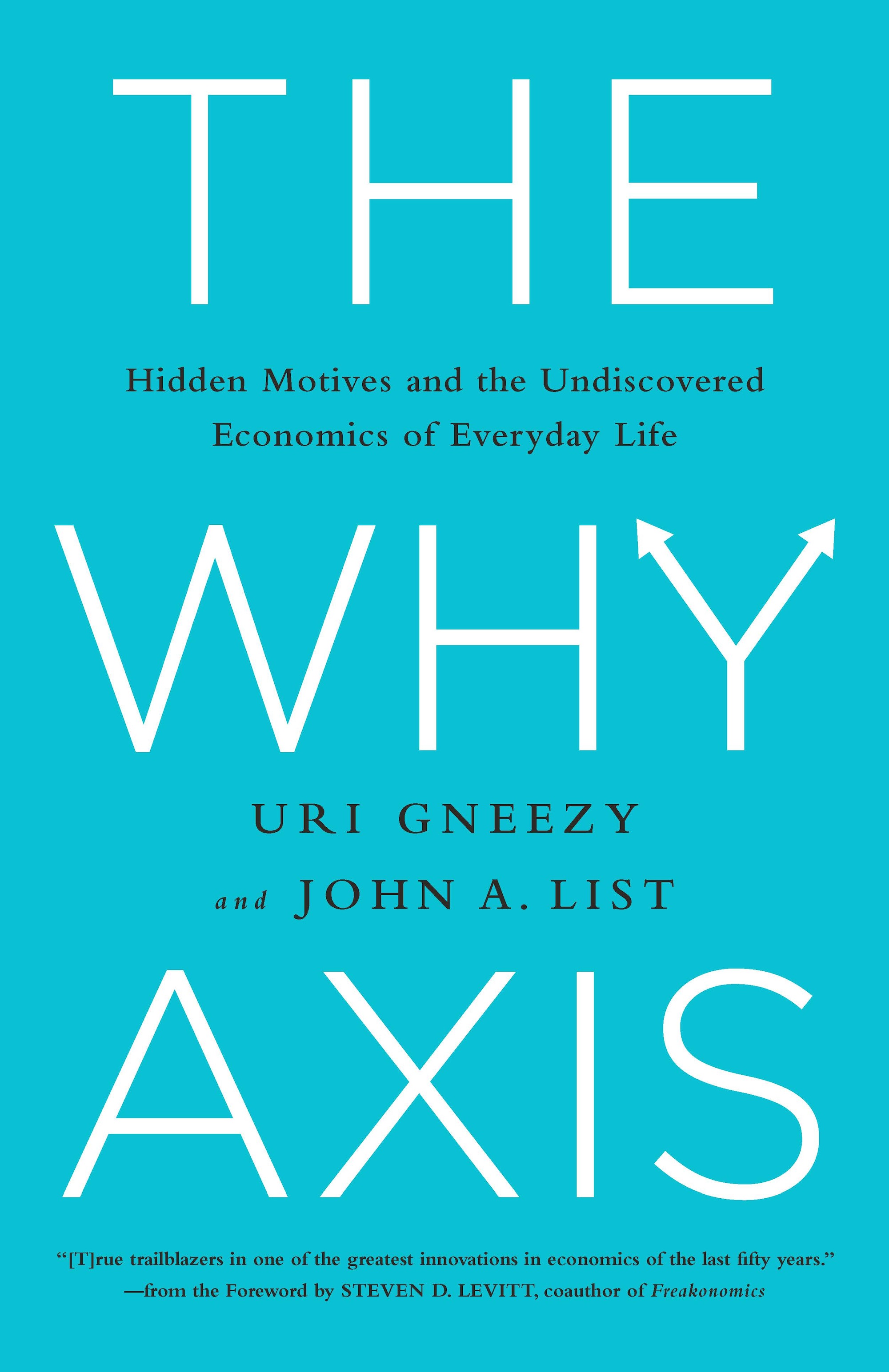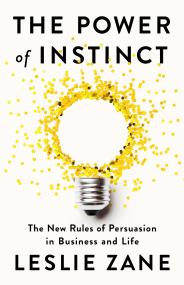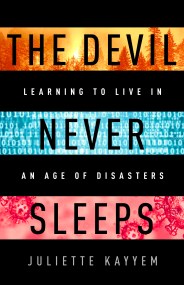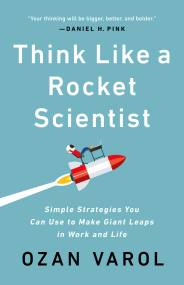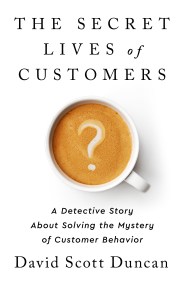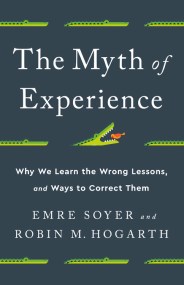Promotion
Use code BEST25 for 25% off storewide. Make sure to order by 11:59am, 12/12 for holiday delivery!
By clicking “Accept,” you agree to the use of cookies and similar technologies on your device as set forth in our Cookie Policy and our Privacy Policy. Please note that certain cookies are essential for this website to function properly and do not require user consent to be deployed.
The Why Axis
Hidden Motives and the Undiscovered Economics of Everyday Life
Contributors
By Uri Gneezy
By John List
Foreword by Steven D. Levitt
Formats and Prices
- On Sale
- Oct 8, 2013
- Page Count
- 288 pages
- Publisher
- PublicAffairs
- ISBN-13
- 9781610393126
Price
$13.99Format
Format:
- ebook $13.99
- Hardcover $26.99
This item is a preorder. Your payment method will be charged immediately, and the product is expected to ship on or around October 8, 2013. This date is subject to change due to shipping delays beyond our control.
Buy from Other Retailers:
Uri Gneezy and John List are revolutionaries. Their ideas and methods for revealing what really works in addressing big social, business, and economic problems gives us new understanding of the motives underlying human behavior. We can then structure incentives that can get people to move mountains, change their behavior — or at least get a better deal.
But finding the right incentive can be like looking for a needle in a haystack. Gneezy and List’s pioneering approach is to embed themselves in the factories, schools, communities, and offices where people work, live, and play. Then, through large-scale field experiments conducted “in the wild,” Gneezy and List observe people in their natural environments without them being aware that they are observed.
Their randomized experiments have revealed ways to close the gap between rich and poor students; to stop the violence plaguing inner-city schools; to decipher whether women are really less competitive than men; to correctly price products and services; and to discover the real reasons why people discriminate.
To get the answers, Gneezy and List boarded planes, helicopters, trains, and automobiles to embark on journeys from the foothills of Kilimanjaro to California wineries; from sultry northern India to the chilly streets of Chicago; from the playgrounds of schools in Israel to the boardrooms of some of the world’s largest corporations. In The Why Axis, they take us along for the ride, and through engaging and colorful stories, present lessons with big payoffs.
Their revelatory, startling, and urgent discoveries about how incentives really work are both revolutionary and immensely practical. This research will change both the way we think about and take action on big and little problems. Instead of relying on assumptions, we can find out, through evidence, what really works. Anyone working in business, politics, education, or philanthropy can use the approach Gneezy and List describe in The Why Axis to reach a deeper, nuanced understanding of human behavior, and a better understanding of what motivates people and why.
-
“It is hard to imagine any story of innovation in our thinking about economics that does not involve Uri and John. Both in their independent work and in their joint projects, they have expanded and looked at the sensitive underbelly of economics. I can't think of a book that I'm looking forward to more than this one.”—Prof. Dan Ariely, Professor of Behavioral Economics, Duke University; author, Predictably Irrational and The Upside of Irrationality
“John List and Uri Gneezy are among the foremost behavioral economists in the world. Their ideas have been groundbreaking, and their research has been widely read and hugely influential. I'll be eager to read any book they produce.” —Prof. Daniel Gilbert, Professor of Psychology, Harvard University and Author of Stumbling on Happiness
“John List's work in field experiments is revolutionary.”—Prof. Gary Becker, University of Chicago, Nobel Laureate in Economics
“John List and Uri Gneezy have done the pioneering economic work on whether gender differences are innate or the result of social pressures. They are two of America's leading young economists and their work is followed with great interest.”—Prof. Tyler Cowen, George Mason University; author, The Economic Scene and blogger, Marginal Revolution.com
Newsletter Signup
By clicking ‘Sign Up,’ I acknowledge that I have read and agree to Hachette Book Group’s Privacy Policy and Terms of Use
